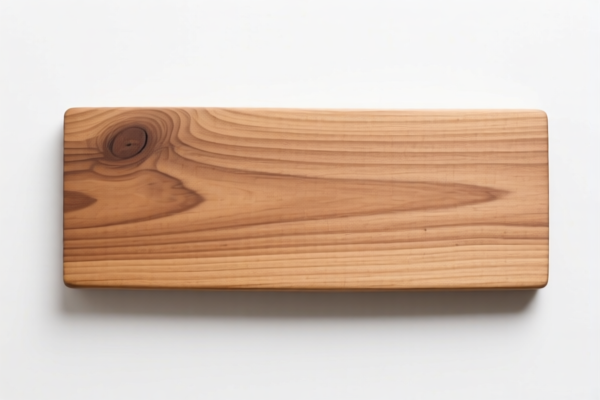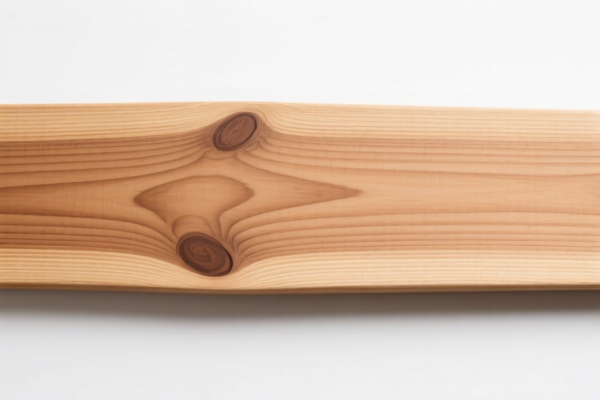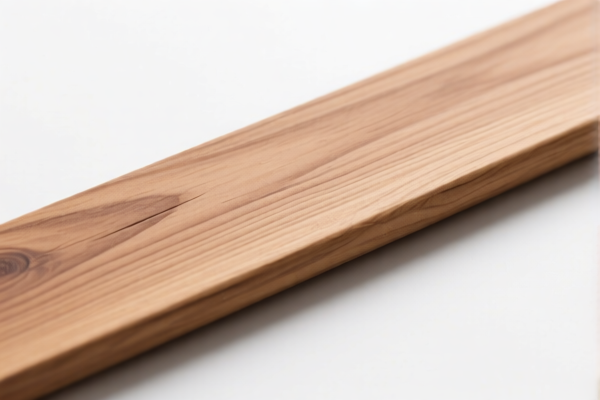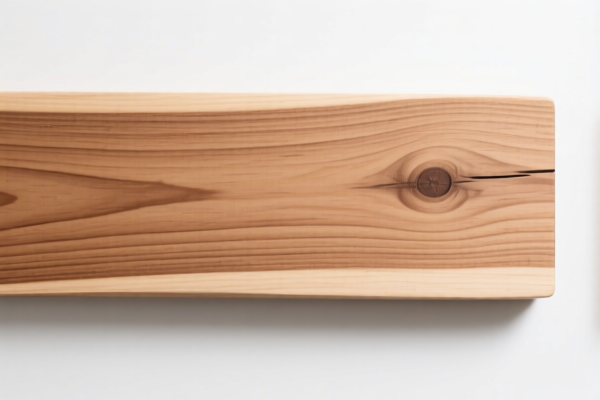| HS Code | Official Doc | Tariff Rate | Origin | Destination | Effective Date |
|---|---|---|---|---|---|
| 4421918800 | Doc | 30.0% | CN | US | 2025-05-12 |
| 4421998800 | Doc | 37.5% | CN | US | 2025-05-12 |
| 4419909100 | Doc | 40.7% | CN | US | 2025-05-12 |
| 4419901100 | Doc | 35.3% | CN | US | 2025-05-12 |
| 9503000071 | Doc | 30.0% | CN | US | 2025-05-12 |
| 9503000090 | Doc | 30.0% | CN | US | 2025-05-12 |
| 9506400000 | Doc | 35.1% | CN | US | 2025-05-12 |
| 9506910030 | Doc | 42.1% | CN | US | 2025-05-12 |
| 1213000000 | Doc | 55.0% | CN | US | 2025-05-12 |
| 1208900000 | Doc | 56.4% | CN | US | 2025-05-12 |




Wooden Tag
A wooden tag is a small, typically rectangular piece of wood used for labeling, identification, or decorative purposes. Its properties and applications stem from the inherent characteristics of wood, offering a natural, often cost-effective, and versatile solution for various needs.
Material
Wooden tags are crafted from a diverse range of wood species, influencing their appearance, durability, and cost. Common wood types include:
- Softwoods: Pine, fir, and cedar are frequently used due to their ease of cutting and lower cost. They are suitable for temporary or indoor applications.
- Hardwoods: Birch, maple, oak, and beech offer greater strength and resistance to wear and tear. These are preferred for long-lasting tags or those exposed to outdoor elements.
- Bamboo: Technically a grass, bamboo provides a sustainable and lightweight option, often used for plant markers or decorative tags.
Purpose
The primary purposes of wooden tags are:
- Identification: Labeling items for inventory, organization, or tracking.
- Decoration: Adding a rustic or natural aesthetic to gifts, crafts, or packaging.
- Signage: Creating small signs for plants, gardens, or events.
- Crafting: Serving as a base for artistic expression, such as calligraphy, painting, or wood burning.
Function
Wooden tags function as a surface for conveying information or aesthetic design. They can be:
- Writable: Allowing for direct marking with pens, markers, or paint.
- Engravable: Providing a permanent and professional appearance through laser or hand engraving.
- Paintable: Accepting various types of paint for customized designs.
- Attachable: Featuring holes or slots for string, ribbon, or wire attachment.
Usage Scenarios
Wooden tags are utilized in a wide range of applications:
- Retail: Price tags, product labeling, gift tags.
- Gardening: Plant markers, seed labels.
- Crafts: Handmade gift tags, ornaments, decorative elements.
- Events: Place cards, escort cards, table numbers.
- Packaging: Enhancing the aesthetic appeal of gifts and products.
- Inventory Management: Identifying and tracking assets.
Common Types
- Blank Tags: Unfinished tags ready for customization.
- Pre-Printed Tags: Featuring pre-designed text or graphics.
- Engraved Tags: With permanent text or designs etched into the wood.
- Shaped Tags: Cut into various shapes beyond the standard rectangle (e.g., hearts, stars, animals).
- Plant Markers: Typically longer and narrower, designed for insertion into soil.
- Gift Tags: Smaller tags often with pre-drilled holes for ribbon attachment.
Wooden tags fall under various classifications depending on their specific use and form. Here are the relevant HS codes based on the provided information:
- 4421.91.88.00: This HS code covers “Other articles of wood: Other: Of bamboo: Canoe paddles”. While specifically mentioning canoe paddles, this code broadly relates to articles made of wood, and bamboo is a type of wood. A wooden tag could potentially fall under this if it's made of bamboo. The total tax rate is 30.0%, comprising a 0.0% base tariff, a 0.0% additional tariff, and a 30.0% additional tariff effective after April 2, 2025.
- 4421.99.88.00: This HS code covers “Other articles of wood: Other: Other: Canoe paddles”. This is a more general classification for other wood articles not specifically categorized elsewhere. A wooden tag could fall under this code. The total tax rate is 37.5%, consisting of a 0.0% base tariff, a 7.5% additional tariff, and a 30.0% additional tariff effective after April 2, 2025.
- 4419.90.91.00: This HS code covers “Tableware and kitchenware, of wood: Other: Other”. If the wooden tag is used for labeling food items or in a kitchen setting, it might be classified under this code. The total tax rate is 40.7%, comprising a 3.2% base tariff, a 7.5% additional tariff, and a 30.0% additional tariff effective after April 2, 2025.
It is important to note that the final classification depends on the specific characteristics and intended use of the wooden tag.
Customer Reviews
No reviews yet.